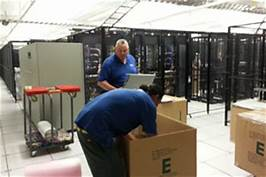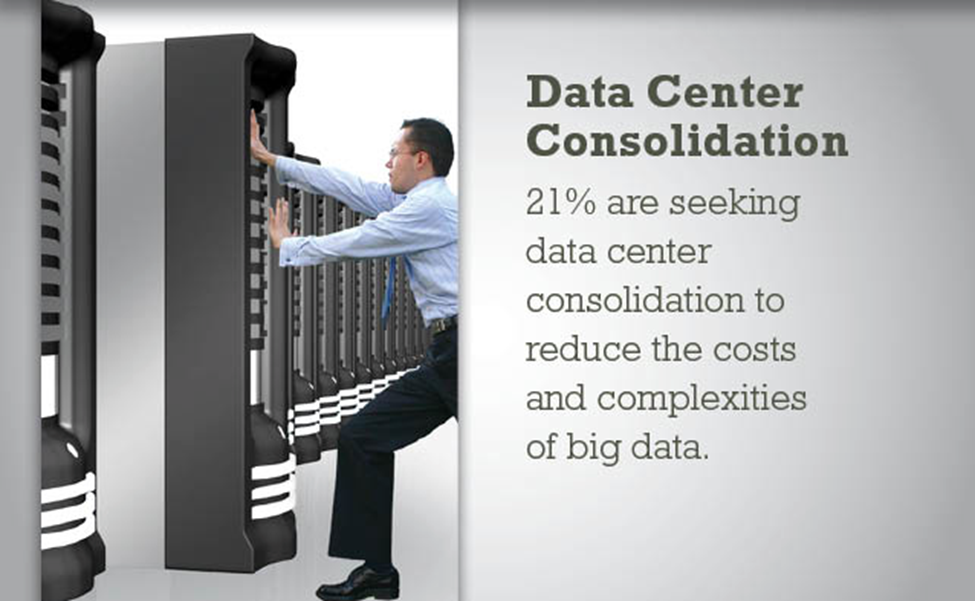Menu
- 130 King Street West, Suite 1800
- P.O. Box 427
- Toronto, ON, Canada M5X 1E3
- (416) 865-3392
- info@triparagon.com
Services
A Data Centre Relocation can be one of a company’s most complex and challenging endeavors requiring a thorough Business Risk Assessment for success. When relocating all the IT equipment such as servers and storage from one datacentre to another it is necessary to understand the distance apart, how long the transporting process is expected to take and how long the equipment is expected to be unavailable from start of shutdown until fully operational at the destination site. This expected outage time frame must be compared to SLA requirements and maximum outage time available to each application to start the planning process.

Data Centre Consolidations help eliminate redundant and less efficient operations, as well as reduce maintenance expenses. Furthermore, advanced data centre solutions can give organizations a true picture of the total cost of ownership for their critical facilities. For organizations revisiting their data centre strategy, we’ve summarized four key benefits of data centre consolidation if their DR location is adequately removed from their production sites.

